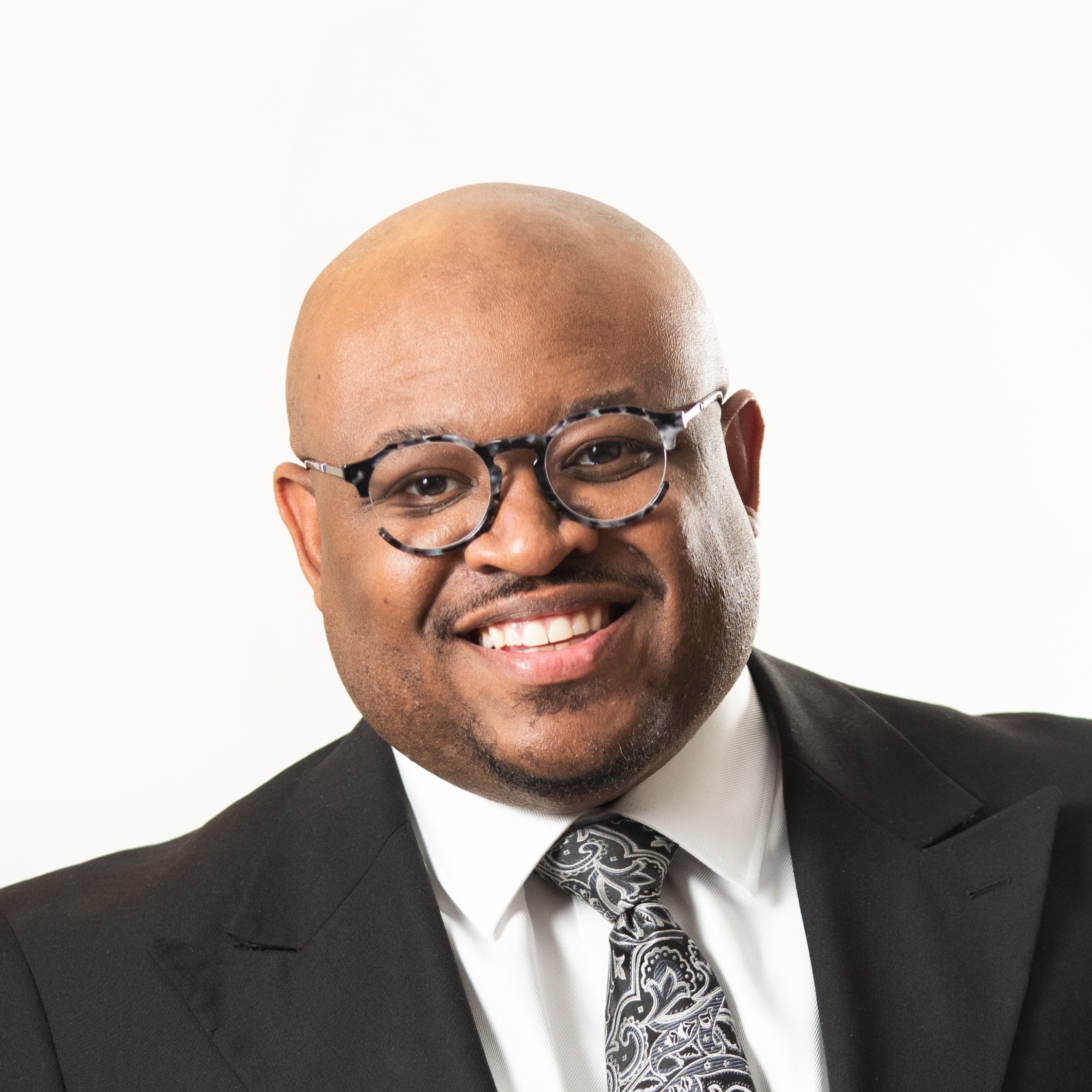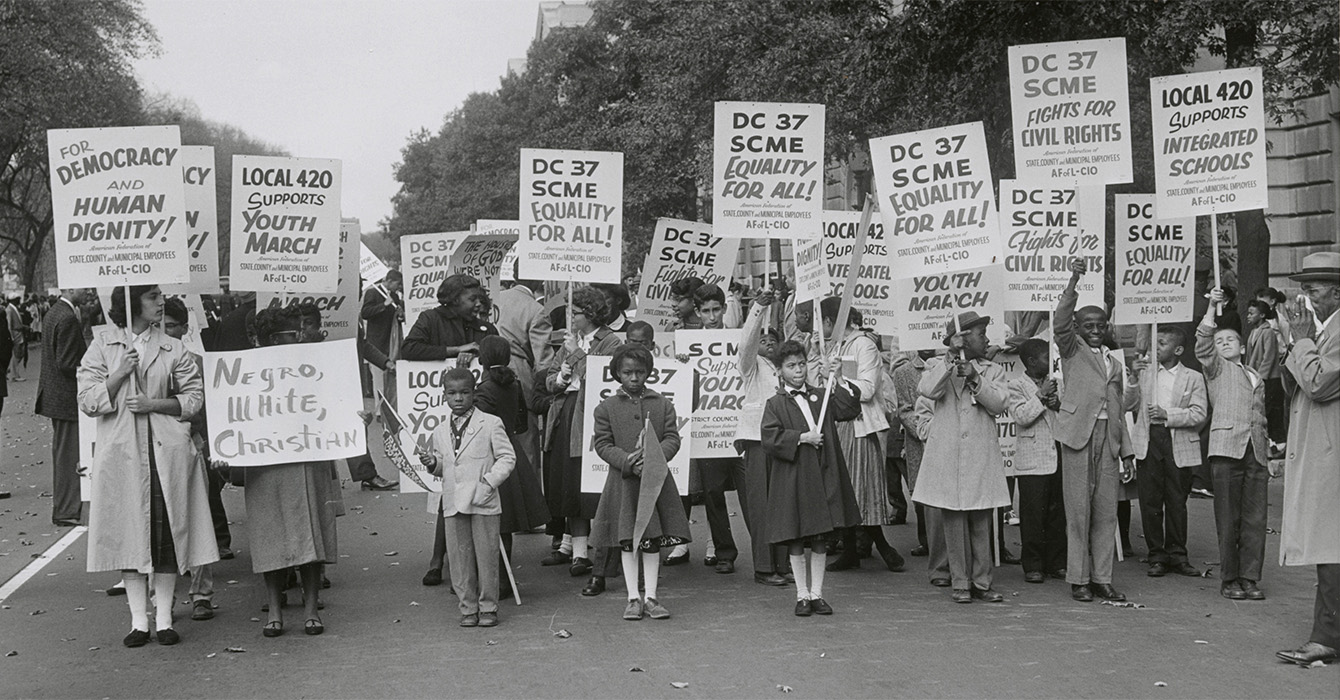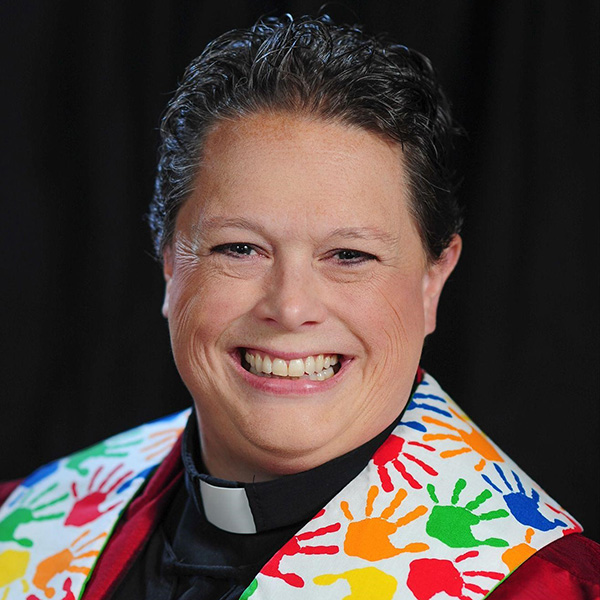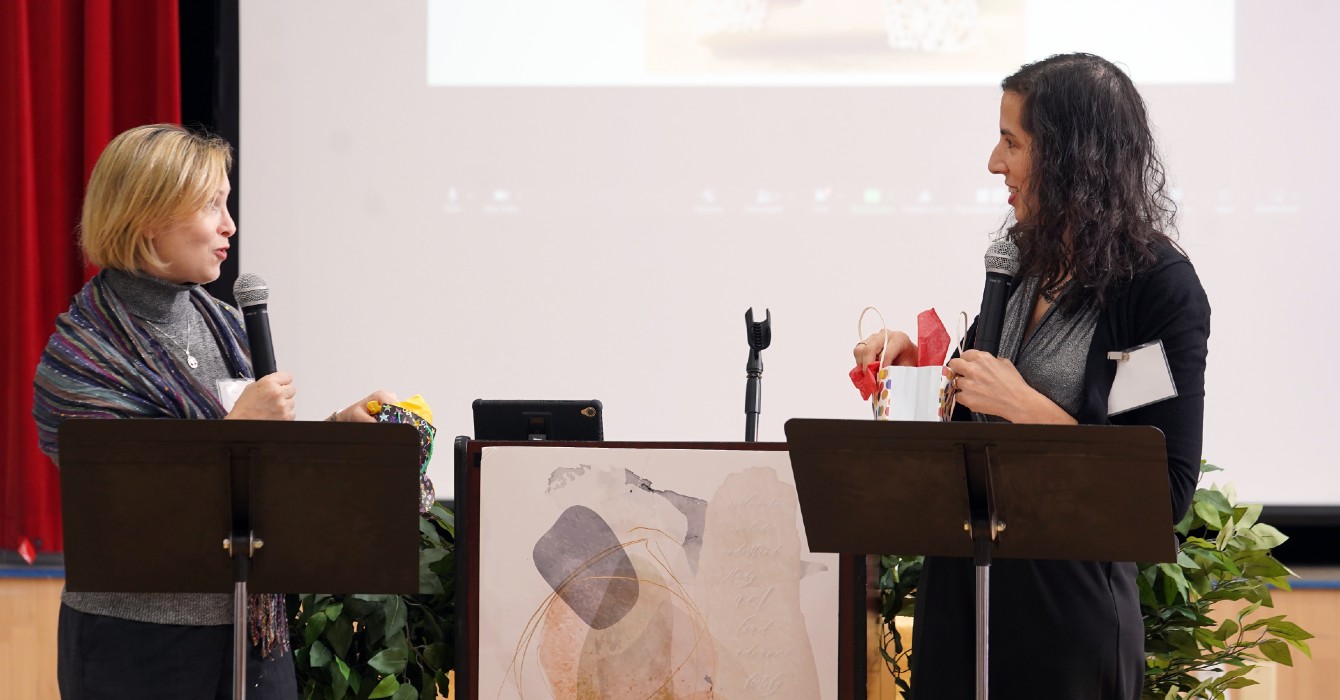Every would-be leader should probably envision herself, not as the captain of a smooth-sailing ship, but as a turnaround artist. A true leader will less likely be called to pilot a well-functioning juggernaut than to rescue a foundering institution.
And it’s hard to imagine a more foundering institution than American public schools. Or, rather, certain public schools: those under-resourced, mostly minority schools where students often start behind and have little opportunity to catch up. Steven Farr, Teach For America’s chief knowledge officer, reports in his new book, “Teaching As Leadership,” that fourth-graders in under-resourced schools are often two to three grade levels behind their peers in high-income communities. Imagine being 9, and already three years behind.
Farr’s book is a distillation of Teach For America’s observations about what traits in teachers enable the greatest learning gains in students. The organization closely monitors its active corps of teachers -- currently, some 8,200 strong -- to determine whether their students are producing “significant gains” (which it defines as 1.5 or more years of academic progress in a year), “solid gains” (1.0 to 1.4 years of progress) or “limited gains” (less than 1 year). It complements these data with anecdotal analysis from teacher observations, reflection sessions, teacher surveys and interviews, and so on. Farr, as TFA’s “chief knowledge officer,” is in charge of training new teachers after culling the best wisdom from the findings above. “We define the effectiveness of corps members by the extent to which they increase students’ academic achievement,” he writes.
Questions to consider:
- Following the example of TFA, how could your organization measure significant, solid or limited gains with your constituents?
- Like the TFA teacher who read during the student reading time, how do you as a leader set the example and live into the overall purpose of the organization?
- How could planning backward lead to planning purposefully for your institution?
- Which TFA leadership principles could your organization espouse in order to strive for excellence?
This book makes those findings available and applies them to leadership more broadly. As I read the book, I wondered not only what Christian institutional leaders might learn from these principles, but also how they can capture something of TFA’s magic. TFA stands as a challenge to the church. The organization wants to make the world better for millions, while the church that once raised its eyes so high now mostly tries to maintain its numbers.
At time when churches’ leaders are wringing their hands about their failure to attract young people, college graduates are willing to apply to a program that takes one in nine of them, pays them next to nothing, and sends them nowhere to do discouraging and exhausting work, all because poor kids need good teachers. The appeal is so much like the gospel that TFA now has significant partnerships with Christian groups like Young Life and Campus Crusade, and recruits heavily at Christian colleges.
Could it be that we are asking of our young people, not too much, but too little?
Teach For America has been one of the most innovative efforts to close the achievement gap between rich and poor schools. It has also been one of the most remarkable success stories in an age of mushrooming social entrepreneurship. Its teacher corps, modeled on the Peace Corps, recruits students from highly selective colleges to work for two years in some of America’s poorest districts. Teach For America harbors the further hope that their alumni will become lifelong advocates for justice in education. Farr’s book has hundreds of examples of highly successful teachers in difficult circumstances. The reader has to see only a fraction of these before she starts to agree with TFA’s promotional literature: we have the research-based means to close the education gap, much of it provided by 20,000 TFA alumni who’ve taught some 3 million children. This fits with recent scholarship detailed in Amanda Ripley’s article in The Atlantic that asks, “What Makes a Great Teacher?”: Despite all the political attention to grading schools in recent years, it’s the individual teacher that matters more.
As Christians, we can even offer a theology of TFA. It is propelled by an almost eschatological vision, summed up by Ellen Davis, a teacher from a reservation in Arizona. Farr describes her as one who “consciously stokes her outrage so as to maintain her focus and energy on the long road to academic achievement.” As in all good eschatology, the vision of the end and its misalignment with present reality inspires godly work. Andy Canales, a corps member in Miami, enthused to me this way: “I always feel like my work is like a mission! I wake up every morning knowing I am going to make a difference in someone’s life by inspiring them and preparing them emotionally and intellectually to succeed in the world. A new world is coming. TFA is aligning itself with the grain of the universe.”
“Teach For America works because of the gospel,” school turnaround expert Sajan George told me in an interview. George said TFA’s corps members imitate the downward motion of God’s descent among us in the incarnation. “You take the elite and send them to troubled places to lift them up,” George said, “whereas more explicitly ‘Christian’ options like charter schools skim the cream, and their impact is minimal.” Little wonder more and more committed people of faith, including evangelicals who might have once headed out for the mission field, are joining up with TFA. According to TFA, 50 percent of corps members claimed affiliation with a faith community in 2007. For its 2010 crop, the number jumps to 70 percent.
In the book, Farr outlines six leadership principles that TFA’s research sees evinced in every excellent teacher: set big goals; invest students and their families; plan purposefully; execute effectively; continuously increase effectiveness, and work relentlessly. I will focus here on the principles that seem most pertinent in the Christian context; Teach For America has an excellent website that delves into all six.
Set big goals . Excellent teachers -- and leaders -- set goals that are not only big but measurable. Most importantly, the goals have to be meaningful. For example, Crystal Jones, a teacher in Georgia, tapped into her kids’ desire to be “big” to encourage them to read, not just at their own first-grade level, but at a second-grade level. By contrast, I think of one United Methodist Conference that constantly reiterates its goals (a good thing for Farr) but has not chosen goals that animate its clergy. Its goals for church growth animate its bishop, but not others.
Invest students and their families. Excellent teachers don’t just teach in the classroom; they foster an environment of encouragement and support in the students’ homes and communities. Farr quotes the aviation pioneer Antoine de Saint-Exupéry: “If you want to build a ship, don’t herd people together to collect wood and don’t assign them tasks and work, but rather teach them to long for the endless immensity of the sea.” Teaching, like faith, is about desire. So TFA encourages teachers to help students see the goal of graduating from college, and to invest those whom the student cares about in that same goal. For example, Joseph Almeida, a fifth-grade teacher in New York, took his students to visit an elite college campus. He later received a thank-you note from a parent saying her son’s desire to go to college “has driven me to become a better parent.”
Teachers also model what they seek from the students. Cheyenne Batista-São Roque, a teacher in New York, makes a point of first taking herself the tests she plans to give her students (“Did we ever cover that word in class?” she asks herself). Brian Wallace, a special education teacher in New York, realized his students rarely saw their adult authority figures reading. So instead of roving during their reading time to monitor their work, he sat at his desk and read himself. They noticed. Just as God in the incarnation did not send a message from a distant heaven but sent himself as a vulnerable child, so, says Farr, “Exemplary leaders go first.”
Plan purposefully. Good teachers plan backward, envisioning the desired result and then designing a clear path to that end. Such planning allows maximum efficiency in every moment. For example, Rachel Meiklejohn, a teacher at a Navajo reservation in New Mexico, learned to be relentless in asking, of every step in her lesson plans, “Why are you doing that? What’s the purpose? . . . Where are we headed?” This keeps teachers from teaching what only they’re interested in, or trying to entertain kids, and focuses them on what the kids need to know today to be where they want to be tomorrow.
Such planning also includes differentiation among students. TFA teachers often have systems so they can see which students know the answers and which don’t, without relying on a show of hands. For example, some have students write their answers on tablets that they hold up. The teacher can then gauge who needs more work and who can move on. This especially intrigued me: TFA teachers give directions well, knowing that giving “clear, well-understood, and actionable directions saves hours and hours of instructional time.” They are, like all good leaders, careful communicators -- not necessarily entertaining ones, but always focused ones. Class time is not wasted (worship planners and committee leaders: take note).
Continuously increase effectiveness. Teachers as leaders look to improve. TFA insists, over against the Hollywood image of the teacher who mystically turns around a classroom of former failures, that there’s nothing magical about good teaching. Nicole Baker Fulgham, faith and community outreach director for TFA, told me that the Jaime Escalante story as told in the movie “Stand and Deliver” does a disservice (she could have cited dozens of other films). “We know what works. We can train people and take it to scale,” Fulgham said matter-of-factly.
Good teachers also seek out mentors. This is especially important given TFA corps members’ youth. Farr describes the good ones knocking on the doors of elder teachers, asking what works, sharing problems and listening for advice. In another echo of Christian faith, Farr uses this line: “Leaders embrace error.” Error might look and feel bad, but it’s a chance to improve and should not be wasted. Christians have rarely been so sparsely eloquent about sin and holiness.
It is tempting to use words like “miracle” to describe TFA. But such language does the organization a disservice, as Farr and TFA founder Wendy Kopp, in her own book, “One Day, All Children,” make clear. A miracle, by definition, can’t be replicated and scaled. TFA’s findings can. Not that they necessarily will. The exuberance of TFA’s PR and others’ praise of the organization has led to something of a media backlash. A piece in The New York Times by Amanda M. Fairbanks has an undertone of glee as it describes a study that shows TFA’s alumni are hardly more involved in activism to close the education gap than their peers who didn’t participate in TFA. Those given to schadenfreude like to see giants fall, even young giants.
I wonder if the reason its alums don’t stay as engaged as TFA would like is that it has become a rung on the ladder to success for some of its graduates in contrast to, say, participation as Freedom Riders in the 1960s. One need only talk with a TFA dropout or a colleague teacher of a corps member who didn’t work out to raise an eyebrow at some of the more messianic claims made on its behalf.
But such criticism, even if accurate, misses the point. An organization can only be criticized if it has set a lofty goal for itself. As more people look for a way forward after the disintegration of me-first capitalism in the wake of the 2008 financial meltdown and the 2010 environmental calamity, we should hope for more organizations being accused of hypocrisy or falling short on their world-changing aspirations. Because that would mean they were setting big, other-directed, world-changing goals, and then breaking them down into measurable, achievable tasks on which progress could be assessed. As we Christians in the United States tinker with techniques to stanch our numerical slide, TFA is throwing itself recklessly headlong into a maw that threatens church and nation alike. That’s a task worth failing at.



















